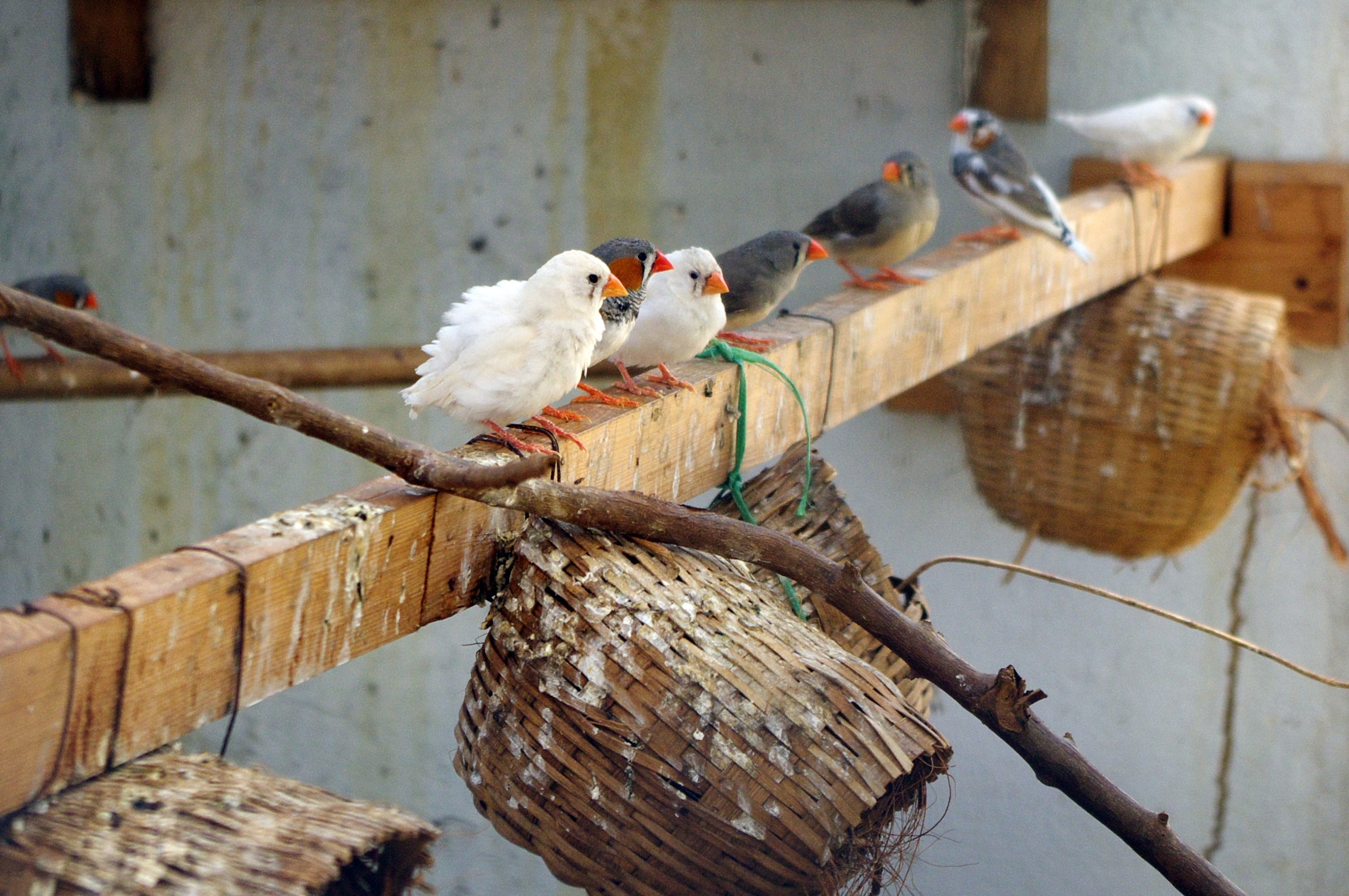Media release
From:
An upright life, the postural stability of birds : a tensegrity system
Journal of the Royal Society Interface
When we see birds resting on their perches, it's so natural that we don't wonder how they can spend their lives standing on two legs without tiring. A mathematical model based on the anatomy of birds reveals how they are able to remain stable without effort thanks to a mechanical tensegrity system. Four cables stretched between the toes and the pelvis are pulled by the weight of the body to maintain a stable balance when the birds are standing. That's the secret of their upright



 International
International



